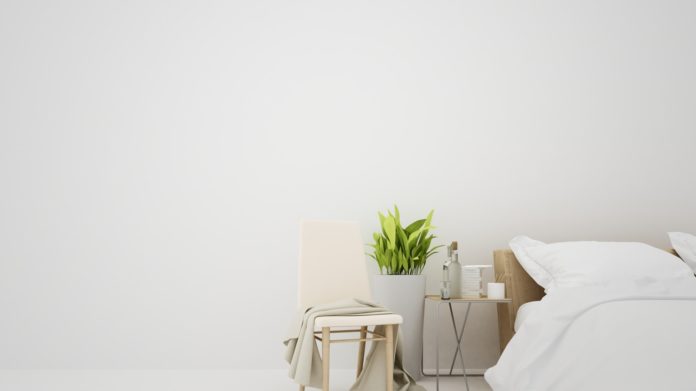Chances are good that you’ve already heard about the popular minimalist movement that has been increasing in interest in recent years. Many people have reduced their daily stress and distractions, saved money, and freed up their time by implementing minimalistic habits into their lives. Perhaps you’re interested in incorporating minimalism into your own life, but you have questions about how to live minimally and how to get started. If you’re stuck at where to begin, take these 6 helpful steps into consideration to get the ball rolling.
Table of Contents
1. Wondering How to Live Minimally? Start With Your Own Set of Rules
Before you can start your journey toward a minimalist lifestyle, you need to determine what minimalism means to you personally. People define minimalism differently. For some, it’s about only owning a certain number of clothing items. For others, minimalism is about reducing the number of resources and space that they take up in the world. That’s part of what’s so great about the minimalist movement: you determine what it means to you and yours. So the first step is to define your goals. Take a look at your lifestyle as a whole and what your family consumes. Determine your long-term goals and desires and then decide what you can do without. Perhaps your end goal is decluttering your house. Or maybe you want to downsize your possessions and trade it your large home for a tiny house. It’s up to you. Once you know which direction you’re headed, you can move forward.
2. Begin With a Clean Slate
Most of us become so accustomed to the extra around us that we don’t notice it. Begin with ridding yourself of the obvious excess. Recycle the extra cardboard that’s been laying around. Donate the clothes that you haven’t worn in years. Throw out the broken items that you’ve been intending to fix but never do. All of these items are a waste of space and a mental burden in the back of your mind.
3. Use It or Lose It
Knowing that minimalism is all about “less is more” means implementing that idea into use. As you go through cleaning out your home, you’ll come across items that you’ve used in the past but aren’t certain if you’ll use them again. Some things you’ve been holding onto for years “just in case”. As you come across these things, ask yourself if you’ve used them or enjoyed them in the last six months. If the answer is “no”, consider letting it go. If the item in question is seasonal, determine if you used it regularly during the last season. Try to keep only things that you need during this phase of your life and not things you think you’ll need in some circumstances in the future.
4. Organize Into Categories
The next step is organizing all of your things in an effort to declutter. How you organize depends on you. Some people prefer to organize by location in which they take things one room at a time, organizing everything in that space before moving on. Others find it most beneficial to organize by category which helps you cut down on duplicates. You can organize your food and produce by stacking the same types of products together and storing perishables in a bee bag. Tackle shoes and boots all at once so you can see how many you have and which you can toss.
5. Minimize Your Space
If you’re having a hard time making a significant dent in the number of items you own, why not work to minimize the space your items take up? For example, instead of holding onto tons of paper photo albums, consider scanning the pictures and storing them digitally. Hang up hooks for storing mugs, coats, handbags, and the like. Add shelves to walls where there aren’t any to get things up off the floor. Look for clever ways to store items under sinks or cabinets, on shelves that are up high, in under-the-bed drawers, etc. Making the most of the space you have can make it seem like you aren’t knee-deep in clutter.
6. Still Struggling?
If you’re still struggling with how to live minimally and with making choices about what to keep and what to toss, consider asking yourself the following:
- Is this item still useful? If not, consider saying goodbye.
- Is the item in question the only one you own? If you have several, it may be time to cut down.
- Does this item bring me joy? If it doesn’t add any real value to your life, why hold on?
If the item in question is still useful, the only one of it’s kind that you own, or it brings you happiness, then it’s worth keeping around. If not, then let it go. Just be smart about it. You wouldn’t toss your only toaster if you eat toast two times a week, and you don’t need to ditch sentimental items that bring you a lot of joy. To learn about other ways you can help the environment and reduce your carbon footprint, you can visit Balacedearth.org, they have different programs that you can invest in to help the environment.
Learn More
You’ve learned some basic steps toward learning how to live minimally, now discover other useful tips and advice for making the most of your space, and making your house feel like home. Finding a lifestyle that works for you and those you share a home with doesn’t mean you have to follow the latest trends, so we provide you with insight into many methods for decorating and designing a life that works for you.
Be sure to check back often for new content!
















